Tokyo-based aircraft manufacturer Tetra Aviation revealed its first commercially available personal eVTOL (electric vertical take-off and landing) Mk-5 just a short while ago. It happened in July at this year’s AirVenture OSHKOSH event in Wisconsin, touted the world’s greatest aviation celebration. Now the company follows with a flight demonstration of the aircraft in California.
Category: transportation – Page 317
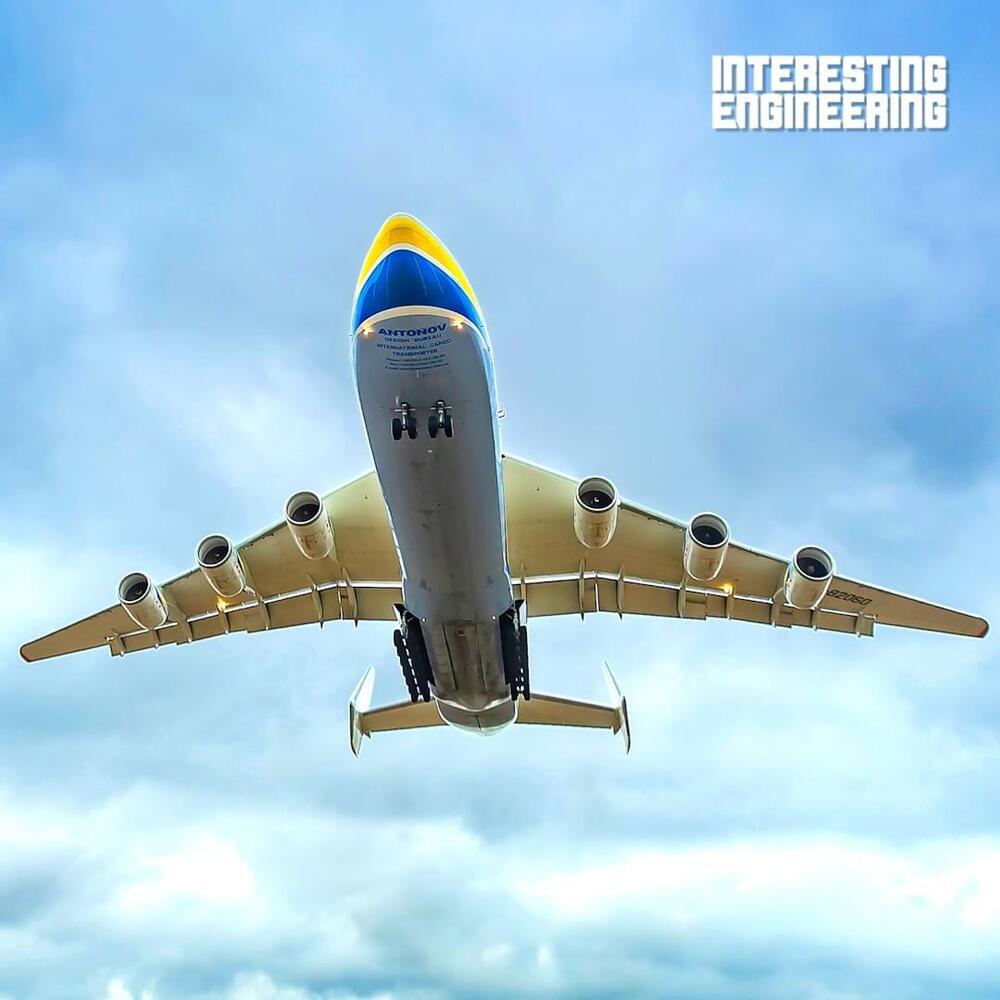
Watch A YouTuber Shut Off A Helicopter Engine Mid-Air — Just To Prove Neil deGrasse Tyson Wrong
How do you settle an argument with someone who’s clearly in the wrong? Well, you show them a live demonstration, even if it means putting your life on the line but in the end, you have to show them who’s the boss am I right?
That’s exactly what Destin Sandlin from SmarterEveryDay YouTube channel did by shutting off the helicopter midair to prove a point. A few years ago, Neil deGrasse Tyson had made a statement that “An airplane whose engine fails is a glider. A helicopter whose engine fails is a brick.” which did not sit well with the Youtuber and he decided to prove Tyson and everyone once and for all, that that statement was in fact wrong and the reality was different. The video was shot in 2016 but it has been making the rounds once again.
For his stunt, Destin took a flight around Widgeon Lake in British Columbia with Bradley Friesen, the helicopter pilot, and discussed whether a helicopter could land safely if its engine was busted. As it turns out, that landing a helicopter with a faulty engine is very much possible with a little trick called “autorotation” and that the helicopter need not fall straight down like a brick. So they decided to test the theory in real and turned off the helicopter engine mid-flight and still managed to land safely. But this doesn’t mean you should go and try this out in your private helicopter now just cause someone with more than 16,000 hours of experience demonstrated it for the sake of argument.
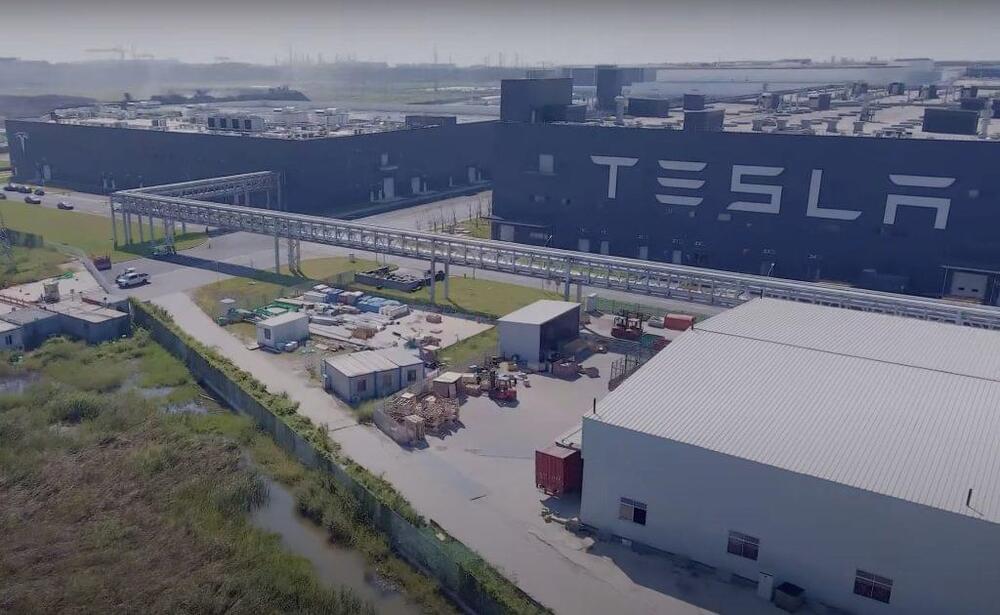
Elon Musk confirms that Tesla Giga Shanghai now exceeds the Fremont Factory
Tesla Giga Shanghai has officially exceeded the Fremont Factory’s output, according to Elon Musk’s calculations. As Tesla’s main export hub, Giga Shanghai’s output will play a significant role in the company’s global growth.
“We have three new factories. Giga Shanghai has done an incredible job. And Giga Shanghai now exceeds Fremont in production,” Musk announced at the 2021 Annual Shareholders Meeting.
Musk pointed out that Tesla Giga Shanghai took roughly 11 months to build and reached full volume production a year later. Since Giga Shanghai started operations, Tesla’s production and delivery numbers have noticeably increased.
Work on Artemis I Orion nears completion, other Orions make progress
The Artemis I Orion spacecraft is currently undergoing final checkouts before the critical milestone of transportation to the Vehicle Assembly Building for final stacking, integration, and checkout ahead of launch.
Meanwhile, the Orion crew modules for the Artemis II, III, and IV missions are also continuing assembly in their processing flows.

Electric Aircraft Has Unlimited Range… With A Fleet Of Recharging Planes
Circa 2012
It’s okay, you’ve not clicked on “Green Plane Reports”, but every so often something from beyond the world of cars catches our attention.
This time, it’s electric flight. The concept is nothing new, and it’s even been alluded to by people like Elon Musk of Tesla, but for the time being it remains a true flight of fancy, rather than a working concept for passenger transportation.
The video above suggests one such way of making the concept workable. We’ll leave you to form your own thoughts, but we can forsee a few disadvantages.
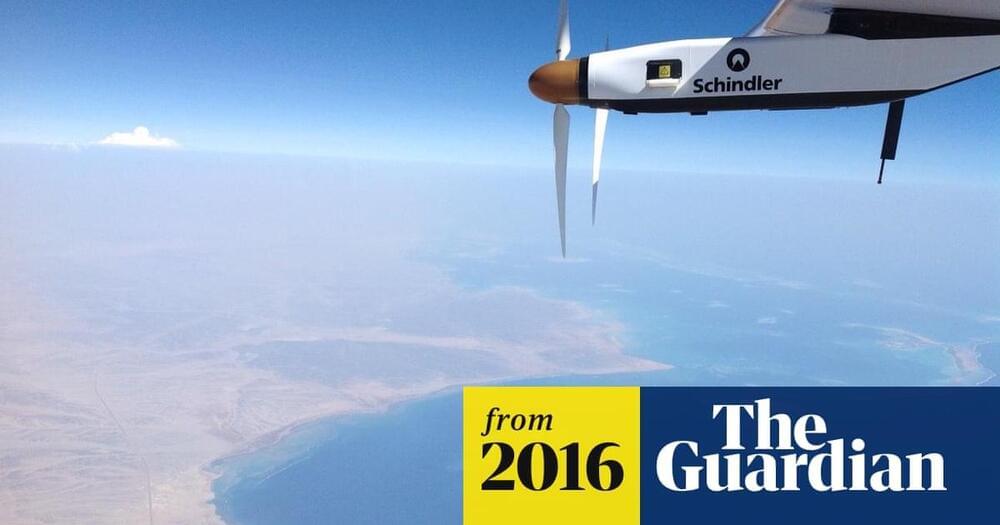
A New MIT Smart Home Robot Will Find Your Lost Car Keys
In a new paper, the researchers explain how the robot can impressively locate and retrieve an item, even if it is covered by other objects and completely out of view of the main camera. All the robot’s owner has to do is attach RFID tags — cheap, battery-free tags that send signals to the antenna — to their valuable possessions.
“This idea of being able to find items in a chaotic world is an open problem that we’ve been working on for a few years. Having robots that are able to search for things under a pile is a growing need in industry today. Right now, you can think of this as a Roomba on steroids, but in the near term, this could have a lot of applications in manufacturing and warehouse environments,” senior author Fadel Adib explained in MIT’s statement.
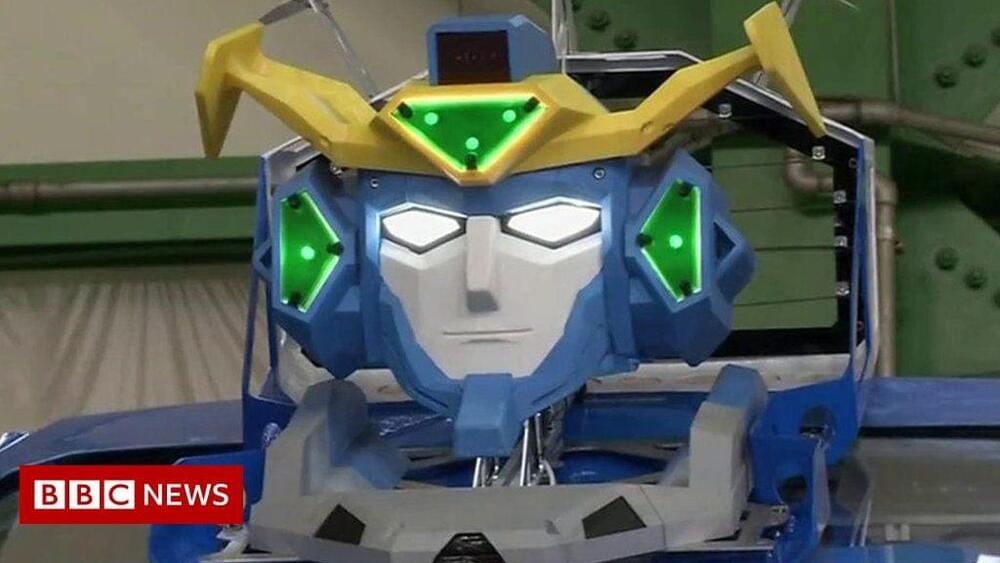
Real-life Transformer: Robot becomes a car
Circa 2018
Inspired by the children’s TV show Transformers, engineers have developed a robot that becomes a car.
Japanese firm Brave Robotics and amusement park ride manufacturer Sansei Technologies worked together on the development.
The designers say it’s the first time a machine of this kind has been able to carry people in a functioning vehicle.
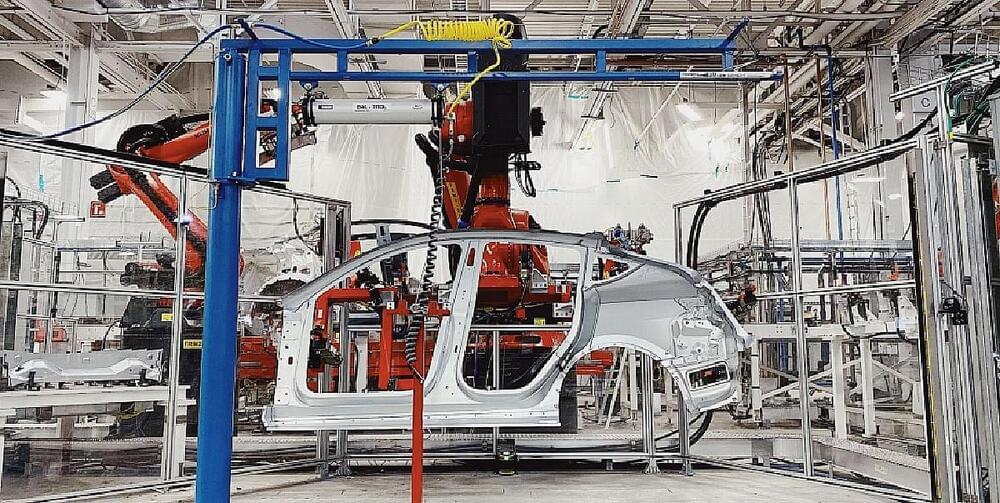
‘How did Tesla find chips?’ Morgan Stanley breaks down impressive Q3 delivery performance
Tesla’s impressive third-quarter delivery performance overshadowed the automotive industry’s ongoing struggle with the semiconductor chip shortage. Among all of the world’s automakers, Tesla has been basically the only car company to avert the crisis as it has not had any overwhelmingly public stoppages in vehicle production. Morgan Stanley’s new investor note, drafted by lead analyst Adam Jonas, examines Tesla’s ability to avoid detrimental production stoppages, which effectively helped the company capture its best quarter in company history.
Jonas titles Morgan Stanley’s most recent investor note, “How Did Tesla Find Chips?” In all honesty, this riddle was solved during the Q2 2021 Earnings Call, where Tesla stated in its Shareholder Deck that it used a combination of in-house microcontrollers to avoid any major catastrophes in the manufacturing of its vehicles. The company wrote:
“Our team has demonstrated an unparalleled ability to react quickly and mitigate disruptions to manufacturing caused by semiconductor shortages. Our electrical and firmware engineering teams remain hard at work designing, developing and validating 19 new variants of controllers in response to ongoing semiconductor shortages.”